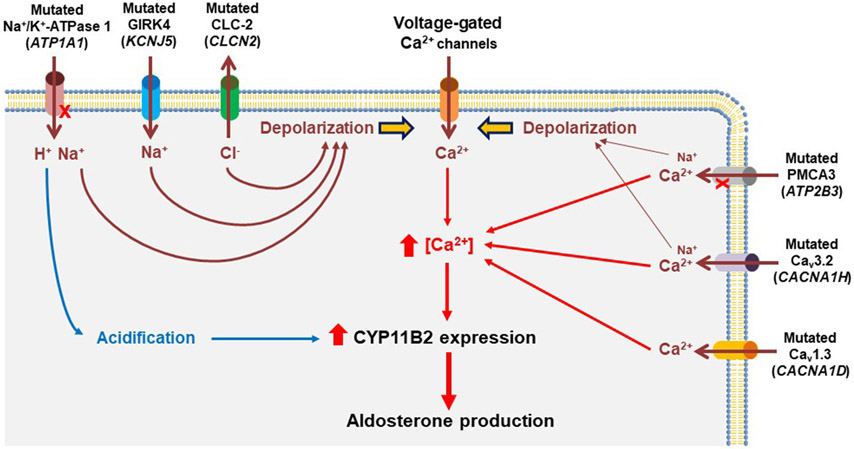Figure 1. Proposed mechanisms leading to autonomous aldosterone production in adrenal tumor cells harboring aldosterone-driver somatic mutations.
Over 90% of aldosterone-producing adenomas (APAs) harbor somatic mutations in KCNJ5, ATP1A1, ATP2B3, CACNA1D, CACNA1H, and CLCN2. Most of these somatic mutations cause directly or indirectly (via cell membrane depolarization) increased intracellular calcium levels that activate calcium signaling pathways, enhanced aldosterone synthase (CYP11B2) expression, and renin-independent aldosterone production. Notably, based on a cell-based study of mutant ATP1A1, no pathologic increase in cytosolic calcium levels was observed despite membrane depolarization. Alternative mechanisms including cellular acidification have been proposed for autonomous aldosterone production in ATP1A1-mutated APA.

